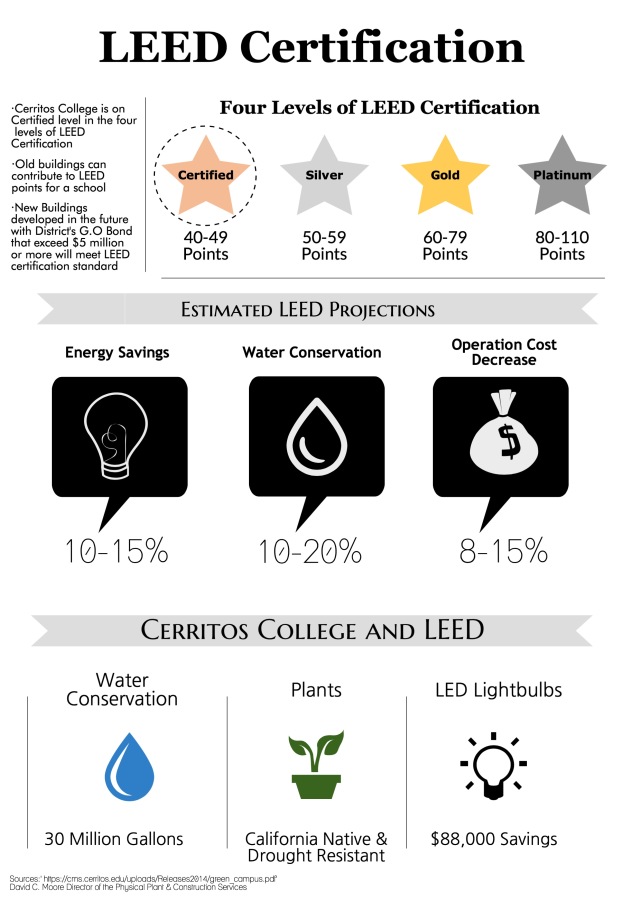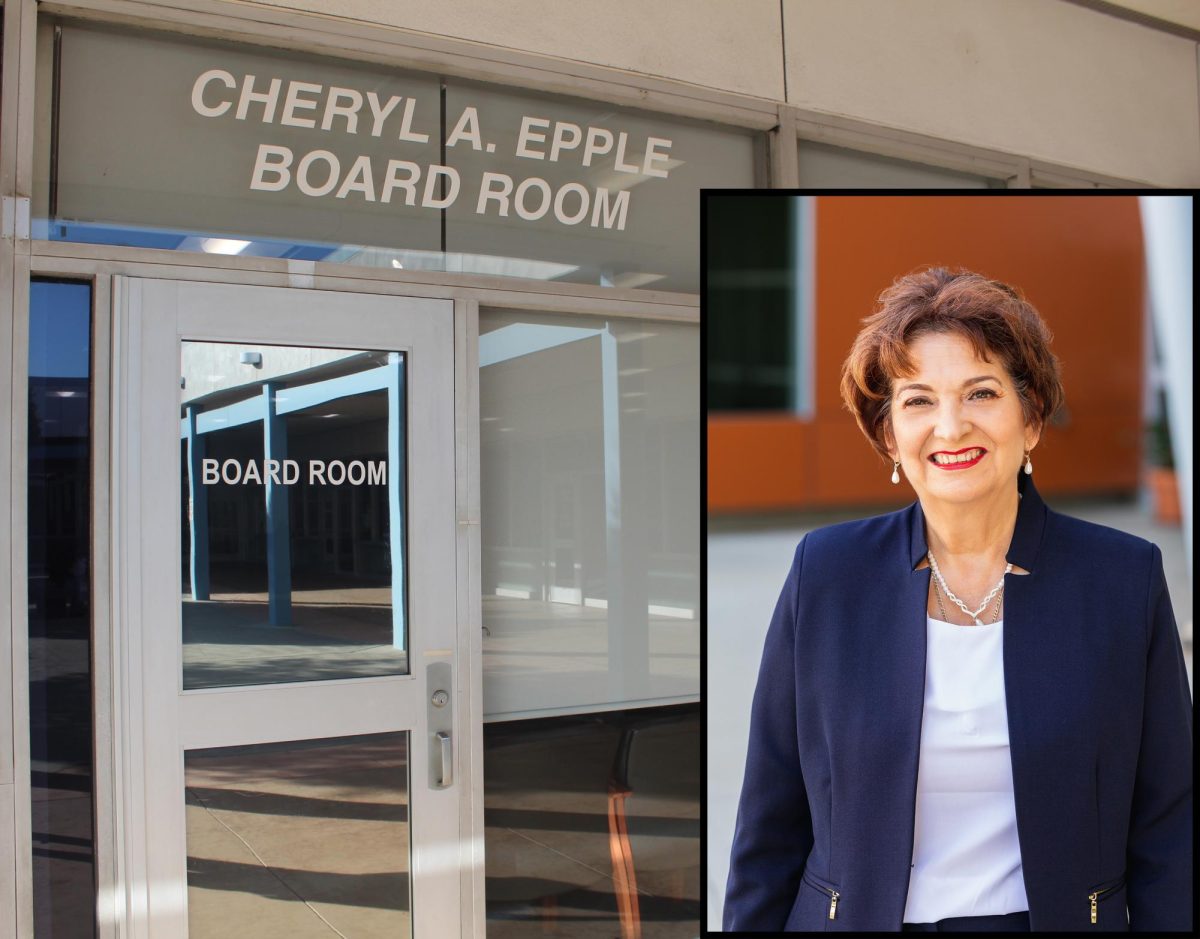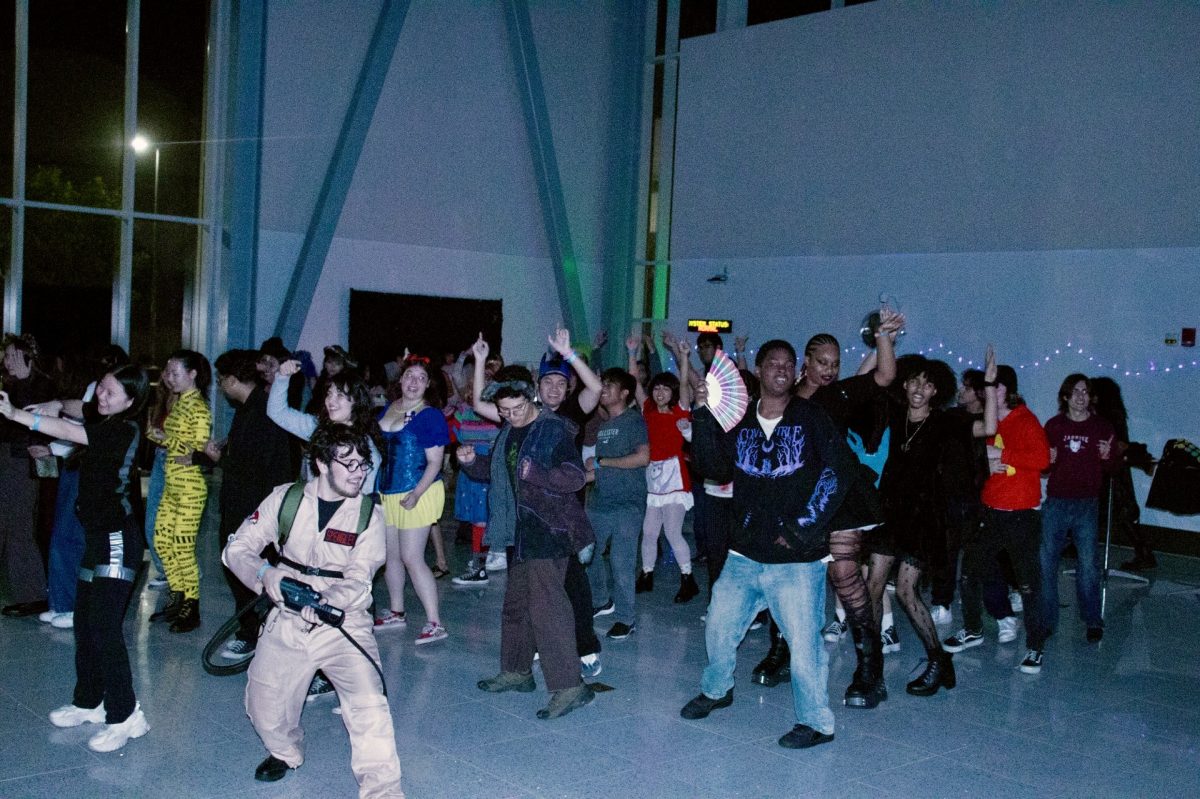With the approval of the Leadership in Energy and Environmental Design (LEED) certification by the board of trustees, Cerritos has begun working on making the school eco-friendly and promoting sustainability.
LEED is a voluntary, third party rating system for the design, construction, operation and maintenance of green buildings, according to David Moore, director of Physical Plant and Construction Services.
Certification is measured by a point system:
- Certified 40 to 49 points
- Silver 50 to 59 points
- Gold 60 to 79 points
- Platinum 80 to 110 points
The point values are dependent on how many projects, features, such as solar panels or other green technologies the campus has implemented.
The newest buildings are still in the design phase, such as the Field House and Health and Wellness.
These are designated as LEED-certified buildings while the buildings that are currently in construction, such as the Fine Arts and Math and Technology Buildings will not be LEED-certified.
Moore said, “You have to design them (the buildings) to be LEED-certified from the design phase.” This doesn’t mean that the older buildings are not eco-friendly. “It is important to note the campus already has a high level of energy efficiency in these buildings.”
This is due in part to the California Energy Commission’s Title 42 and the Building Standard Commission’s CalGreen.
CalGreen and Title 42’s standards include windows, lighting fixtures; these standards are mandatory by the state.
Even the day-to-day operations of the campus are eco-friendly, if not strictly counted by the LEED point system. “From an operation standpoint, we’re using cleaner chemicals and we recycle the paper that comes in,” Facilities Manager Tom Richey said.
According to Moore, this is the college’s first attempt at LEED, and will only be aiming for the 40 to 49 point LEED-certification. “I think we’ll just aim for the LEED-certified buildings; see how that goes and how it impacts our budget.”
The budget is being measured in percentages instead of solid numbers, because the estimated budget is subtracted from the college’s overall budget.
One to two percent of the LEED costs will go to registration, architect and third-party fees.
Moore said, “Construction costs are kind of unknown. It can be as much as five percent or as much as 20 percent.
It all depends on the level of certification, materials being used, how big the building is being built. There’s a lot of variables.”
Being a part of a volunteer program, the campus will not receive any financial help from the state.
“I think it’s good that the school is doing this,” Lindsey Guevara, interior design major, said.
“There’s no monetary benefit, nobody is giving us incentive to do it. It’s just the right thing to do,” Moore said.










